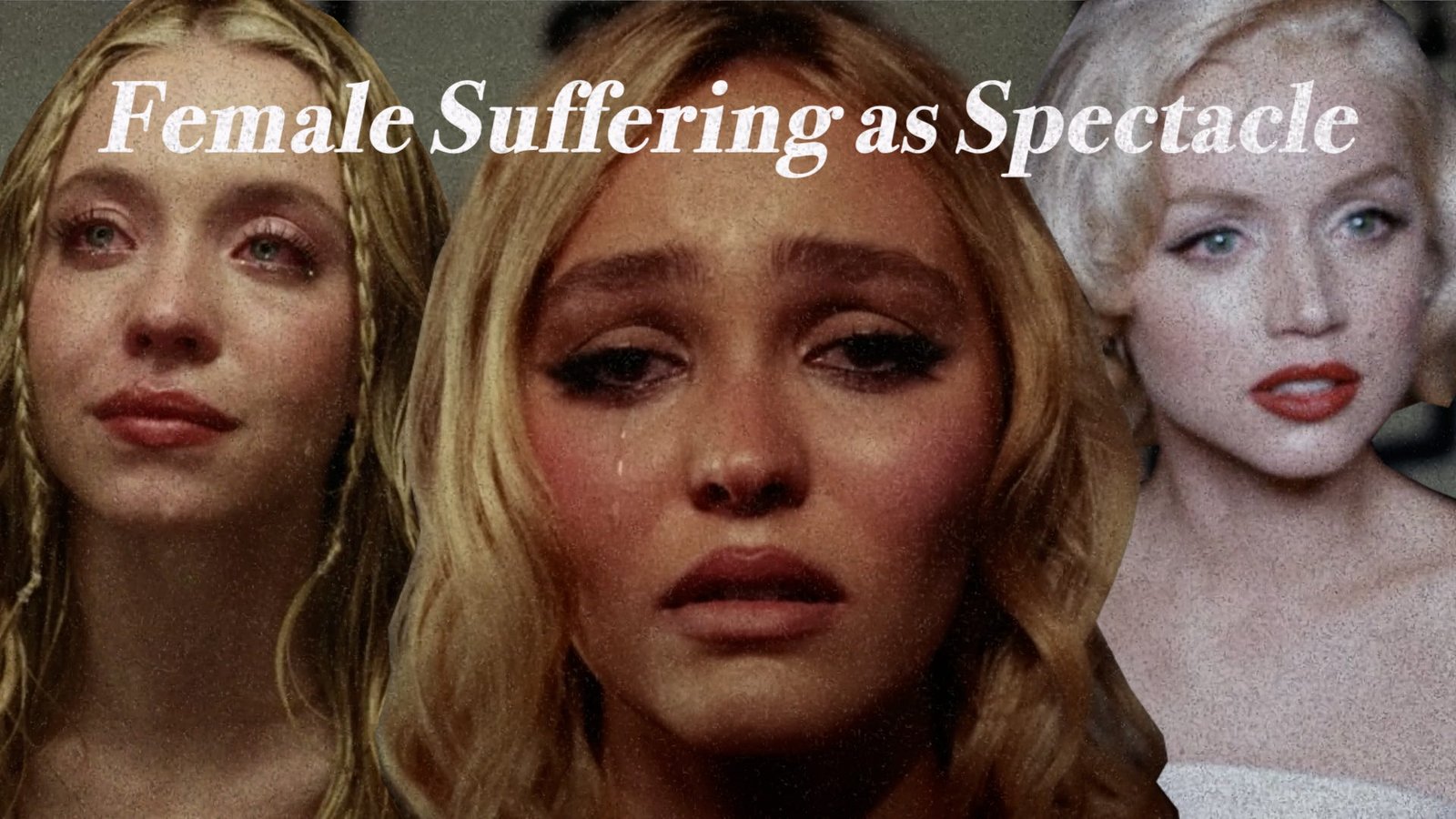How the Entertainment Industry Degrades Women
The entertainment industry, a world of glitz, glamour, and captivating narratives, often falls short when it comes to portraying women. While strides have been made towards greater representation, sexism and degrading stereotypes continue to permeate film, television, and music. This article explores how the entertainment industry degrades women, examining the harmful tropes and narratives that perpetuate unrealistic beauty standards, objectification, and limitations on female characters.
Hypersexualization and the Male Gaze
One pervasive issue is the hypersexualization of women. Female characters are often portrayed primarily for their physical appearance, their bodies are used to attract and titillate the male gaze, the assumed perspective of the heterosexual male audience. This objectification reduces women to mere objects of desire, diminishing their depth and complexity. Scène after scène, women in skimpy clothing or revealing outfits dominate the screen, reinforcing the message that a woman’s value is tied solely to her physical attractiveness.

The Damsel in Distress and the One-Dimensional Trophy Wife
Beyond objectification, the industry often employs tired tropes that limit female characters. The “damsel in distress” archetype portrays women as helpless, waiting for a man to save them. This narrative reinforces traditional gender roles and undermines female agency. Similarly, the “trophy wife” stereotype depicts women solely as arm candy, defined by their beauty and subservience to a successful male partner. These one-dimensional characters fail to represent the vast spectrum of female experiences and aspirations.
The Pressure for Unrealistic Beauty Standards
The entertainment industry also plays a significant role in perpetuating unrealistic beauty standards. Actresses and models are often airbrushed, heavily made-up, and expected to conform to a narrow definition of beauty. This constant exposure to unattainable ideals creates immense pressure on women to conform, leading to body image issues and low self-esteem. Furthermore, the underrepresentation of women of colour and diverse body types further contributes to the exclusion of a significant portion of the female population.
The Fight for Change: A Growing Movement
Fortunately, a growing awareness of these issues has sparked a movement for change. Female filmmakers, writers, and actresses are demanding more diverse and nuanced portrayals of women on screen. The rise of feminist-driven narratives and strong female characters who defy stereotypes is a positive step forward. Pay disparity between male and female actors is also being challenged, pushing for greater equality within the industry.
Conclusion
The entertainment industry holds immense power in shaping cultural attitudes. It has a responsibility to move beyond degrading stereotypes and present women as multi-faceted characters with depth, agency, and aspirations. By showcasing diverse female narratives, the industry can play a crucial role in dismantling harmful stereotypes and promoting gender equality. The future of entertainment lies in creating a space where women are no longer degraded, but empowered to tell their stories and break free from the confines of limiting portrayals. As the industry continues to evolve, we can hope to see a more accurate and empowering reflection of women on screen, one that celebrates their strength, complexity, and the full spectrum of the female experience.



